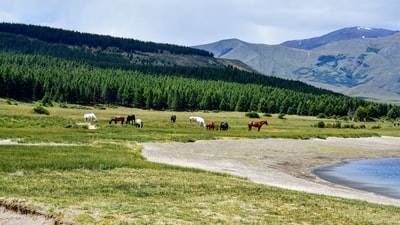
There are two types of alveoli cells located in the lungs:
- Type I cells: these are composed of a two cell thin layer of endothelium. This allows gases to diffuse quickly across them, down their concentration gradients. Oxygen is able to diffuse from the air to the blood and carbon dioxide from the blood to the air.
- Type II cells: these cells secrete surfactant which ensures that the alveoli keep moist. This moisture ensures that diffusion can occur at a faster rate. This also reduces the surface tension of the water otherwise the alveoli would collapse.
Some of the epithelial cells located in the bronchioles secrete mucus which traps bacteria and tiny particles that manage to reach the lungs. Ciliated epithelial cells sweep the mucus up to the throat using their finger-like cilia. Here it’s swallowed and the bacteria destroyed by the acidity of the stomach. Alveoli also contain phagocytes in case any bacteria managed to get past the mucus.
Alveoli are well suited for gaseous exchange because:
- although small by themselves, millions of them in the lungs increase the surface area for gaseous exchange to approximately 100m2
- the walls of alveoli are very thin, made of a single layer of flattened epithelial cells, so gases only have two very then cells to diffuse through
- a high concentration gradient is maintained by the blood flow on one side and ventilation on the other side so blood can always diffuse from the air into the blood and carbon dioxide from the blood into the air